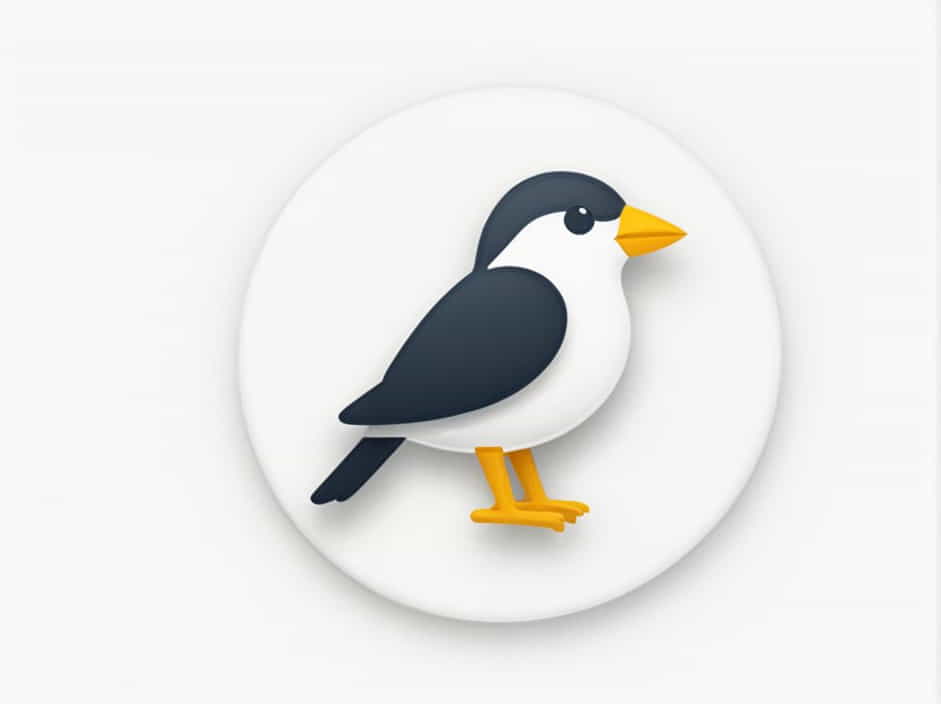The name “Peewit” is another term for the Northern Lapwing (Vanellus vanellus), a striking bird known for its distinctive calls, elegant flight, and beautiful plumage. This species is widely recognized across Europe and Asia, where it inhabits wetlands, farmlands, and open grasslands.
In this topic, we will explore why the Northern Lapwing is called “Peewit,” its physical characteristics, habitat, behavior, diet, breeding patterns, conservation status, and interesting facts about this fascinating bird.
1. Why Is the Northern Lapwing Called “Peewit”?
The name “Peewit” comes from the bird’s unique call, which sounds like “pee-wit” or “pee-weep.” This onomatopoeic name reflects the bird’s high-pitched, whistling calls, which are often heard in open fields and marshlands.
Apart from “Peewit,” the Northern Lapwing is also known by other names, including:
- Green Plover – Due to its iridescent greenish-black back.
- Tewit – Another variation of its vocalization.
- Lapwing – Derived from its flapping flight pattern.
2. Physical Characteristics of the Peewit (Northern Lapwing)
The Northern Lapwing has a unique and elegant appearance, making it easy to identify. Some of its key physical features include:
- Size – About 28-31 cm (11-12 inches) long, with a wingspan of 67-87 cm (26-34 inches).
- Plumage – A mix of black, white, and iridescent green feathers. The back has a metallic green and purple sheen, while the belly is white.
- Crest – A long, black, wispy crest on its head, giving it a distinctive look.
- Wings – Broad, rounded wings that make its flight pattern slow and graceful.
- Legs – Short, dark-colored legs adapted for wading in shallow water.
3. Where Can the Peewit Be Found?
The Northern Lapwing is native to Europe, Asia, and parts of North Africa. It migrates depending on the season, moving to warmer regions during the winter.
A. Breeding Range
During the breeding season, Peewits are found in:
- United Kingdom and Ireland
- Scandinavia and Northern Europe
- Russia and Central Asia
- Parts of China and Mongolia
B. Wintering Grounds
In colder months, Peewits migrate to:
- Southern Europe (Spain, Portugal, Italy, Greece)
- North Africa (Morocco, Algeria, Egypt)
- The Middle East and India
C. Habitat Preferences
Peewits prefer open landscapes such as:
- Wetlands and marshes
- Farmlands and plowed fields
- Meadows and grasslands
- Coastal mudflats
They thrive in areas where they can easily find insects and small invertebrates in the soil or shallow water.
4. Behavior and Diet of the Peewit
The Northern Lapwing is an active, vocal, and social bird. It is often seen in small flocks outside the breeding season.
A. Feeding Habits
Peewits are ground feeders, primarily eating:
- Insects (beetles, flies, ants, and caterpillars)
- Worms and larvae
- Small crustaceans
- Seeds and plant material
They forage by walking across fields and probing the soil with their beaks.
B. Flight and Calls
- Peewits have a graceful and slow flight, often performing aerial displays during mating season.
- Their “pee-wit” call is loud and recognizable, used for communication and territorial defense.
5. Breeding and Nesting Behavior
The breeding season for Peewits begins in March and lasts until June.
A. Courtship Displays
- Males perform acrobatic flight displays, including sudden dives and twists, to attract females.
- They also make “scrapes” in the ground, which serve as potential nesting sites.
B. Nesting and Eggs
- Peewits build simple nests on the ground, often in open fields or grasslands.
- Females lay 3-4 eggs, which are camouflaged to blend in with the surroundings.
- Both parents take turns incubating the eggs for about 24-28 days.
C. Chick Development
- Chicks are precocial, meaning they can walk and find food within a few hours of hatching.
- Parents protect the chicks fiercely, using distraction tactics to lure predators away.
6. Conservation Status: Is the Peewit Endangered?
The Northern Lapwing is classified as “Near Threatened” on the IUCN Red List. While it is still widespread, populations have declined in many areas due to:
A. Habitat Loss
- Intensive farming has reduced natural breeding grounds.
- Draining of wetlands for agriculture has limited feeding areas.
B. Climate Change
- Extreme weather events impact breeding success.
- Changes in temperature affect migration patterns.
C. Predation and Human Disturbance
- Foxes, crows, and raptors prey on eggs and chicks.
- Human activity (farming machinery, urban expansion) disrupts nesting sites.
Conservation Efforts
- Protected breeding sites in reserves and national parks.
- Rewilding projects to restore lost wetland habitats.
- Legal protections against hunting and habitat destruction.
7. Interesting Facts About the Peewit
- Symbol of Rural Landscapes – In the UK, Peewits are often associated with traditional farmland and countryside settings.
- Ancient Folklore – In some cultures, they are considered bringers of rain or messengers of spirits.
- Decoy Tactics – When predators approach their nest, Peewits pretend to be injured to draw attention away from their eggs.
- Long-Distance Migrants – Some Peewits travel thousands of kilometers between breeding and wintering grounds.
- Vital for Ecosystems – By eating insects, they help control pest populations in agricultural areas.
The Peewit, or Northern Lapwing, is a fascinating bird known for its distinctive call, acrobatic flight, and striking appearance. Found across Europe, Asia, and parts of Africa, it thrives in wetlands, farmland, and open fields.
Despite its adaptability, Peewit populations are declining due to habitat loss and climate change. Conservation efforts are crucial to protecting this species and maintaining biodiversity in its native habitats.
By raising awareness about the importance of Peewits and their role in nature, we can help ensure that future generations can continue to enjoy their presence in the wild.
